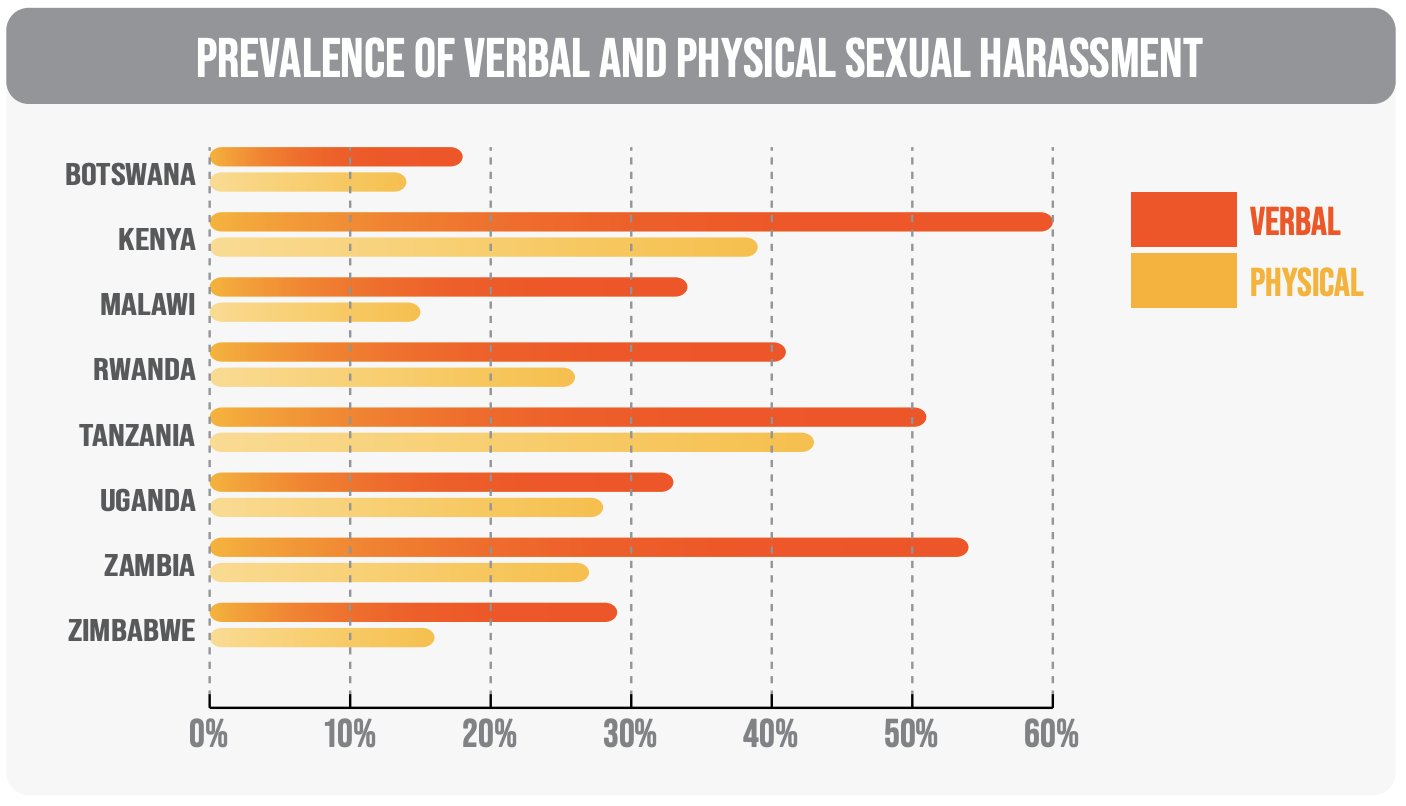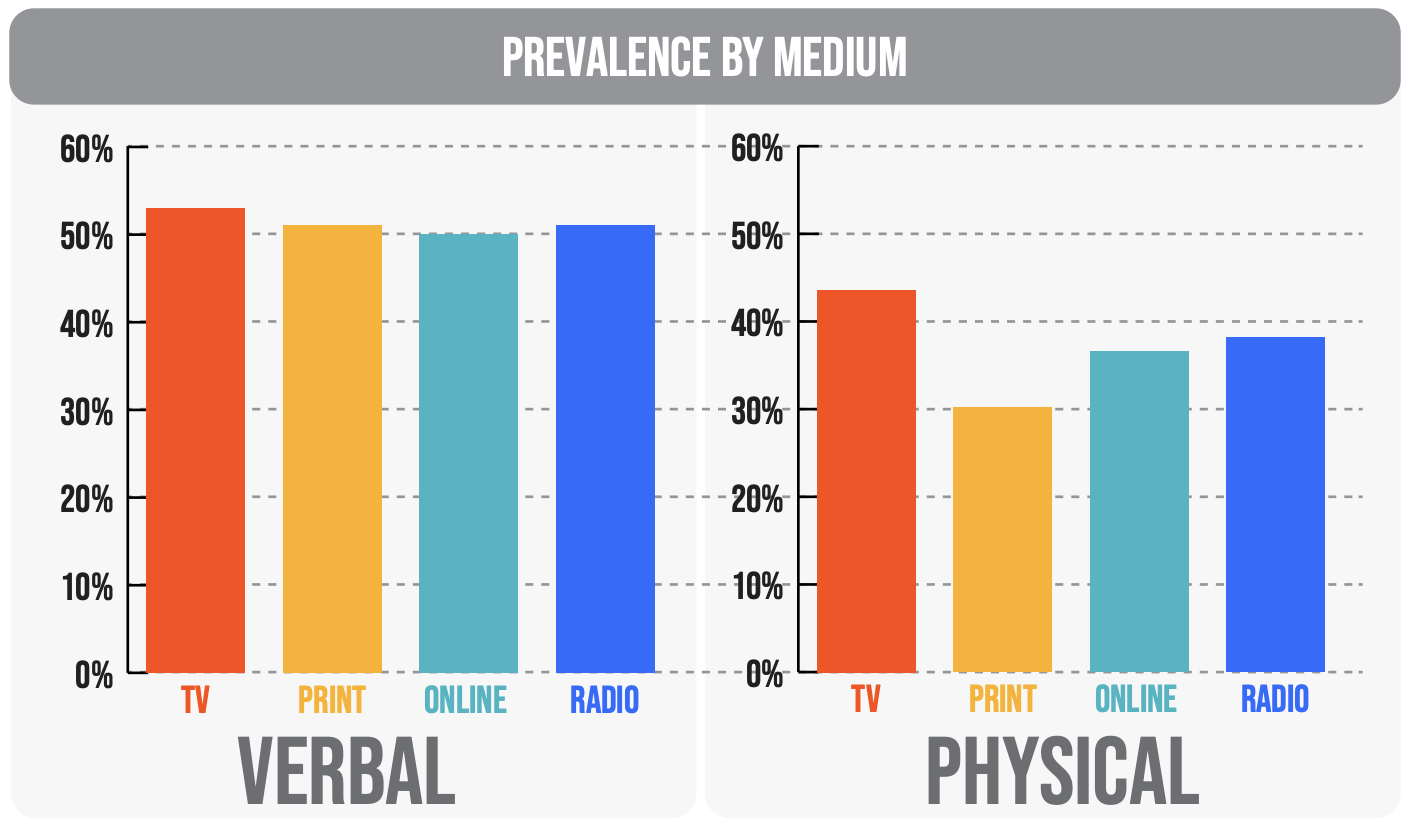Women working in African media were twice as likely to experience sexual harassment at work than men, according to a new report by Women in News, a media development program by the World Association of News Publishers (WAN-IFRA).
The study is the first large-scale data collection on sexual harassment in African media, which Women in News said supports “the belief that it is prevalent everywhere and is a significant impediment to a healthy media industry, regardless of country or context.”
In a new survey of newsrooms from eight countries across Africa, about one in two women said they suffered sexual harassment in the workplace. And usually only 30% of these cases are reported across the continent.https://t.co/J1QrwQe3lm
— Raju Narisetti (@raju) July 7, 2021
Women in News surveyed journalists in Botswana, Kenya, Malawi, Rwanda, Tanzania, Uganda, Zambia, and Zimbabwe between July and November 2020. Of the 584 who completed the survey, 70 percent were women, 27 percent were men, and 2.4 percent were gender non-conforming. Researchers then conducted in-depth interviews with 32 managers and executives from different media companies.
According to the findings, for one in two women, the harassment was verbal (56 percent), and for one in three, the harassment was physical (38%). For men, 24 percent experienced verbal sexual harassment and 15 percent experienced physical sexual harassment. Of gender non-conforming people, one in two (50 percent) had been verbally harassed, and 36 percent had been physically harassed. (Note the sample size is quite small here, though — 14 journalists.)
The source of the harassment was most often a manager (41 percent) or work colleague (38 percent), but sometimes a source (17 percent).
Sexual harassment varied across countries: Botswana had the lowest rates overall, while Kenya had had the highest rate of verbal harassment. Tanzania had the highest rate of physical harassment.

Verbal harassment was equally common across mediums, but physical harassment was most prominent in television.

The most common response to formal complaints was to warn the accused (41.6 percent); 7 percent of the accused were suspended and 4 percent were fired. Ten percent of cases were dismissed after company review.
“The overall newsroom environment needs to change in Kenya,” said a Kenyan journalist named Priscilla, who was one of the interviewees. “One of the main reasons why women leave is because they feel unwelcome in the newsroom. It’s like a vicious cycle because you are in an environment where you are probably one woman among six men, so you already feel threatened, unwelcome and can’t quite fit in that situation. And sometimes it also comes with harassment and just basically being bullied.”
Women in News recommended that, above all, managers and executives take all complaints of harassment seriously. Companies should also adopt complaint procedures and allow for anonymous reporting. WIN’s sexual harassment toolkit can be found here, and you can read the full report here.
Leave a comment